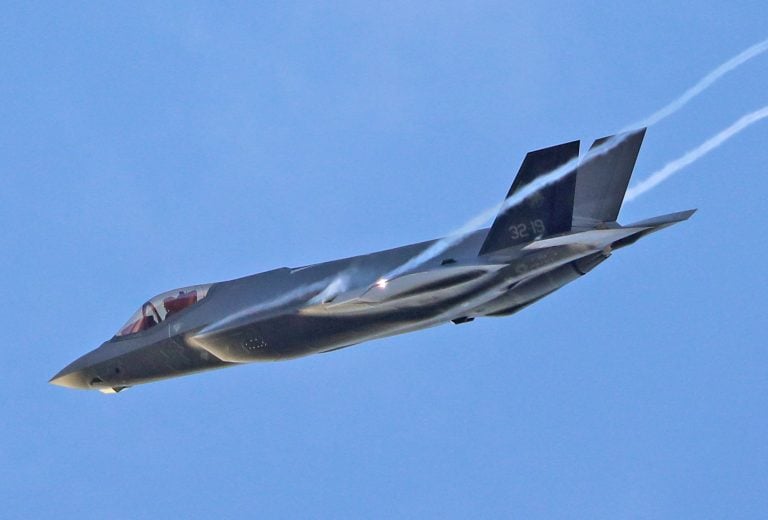The Belgian frigate Louise-Marie has embarked on a significant NATO mission aimed at enhancing maritime security in the Baltic Sea region. This initiative comes in the wake of heightened security concerns related to the area, particularly following incidents involving damaged submarine cables and underwater infrastructure.
The frigate departed from the Zeebrugge naval base, carrying a crew of approximately 130 to 140 personnel, and is set for a two-month deployment. The mission is strategically divided into two main phases. Initially, the Louise-Marie will participate in the “Baltic Sentry” operation, which is specifically designed to safeguard submarine infrastructure within the Baltic Sea. This phase underscores NATO’s commitment to deterrence and operational readiness in light of recent events that have raised alarms about potential sabotage activities.
In the subsequent phase, the frigate will take part in NATO’s “Joint Viking” exercise in Norway, which is located near the Russian border. This training event aims to bolster regional deterrence by facilitating collaboration and interoperability among allied forces. Belgian Navy Commander Jan Gacas emphasized the flexible approach adopted by NATO, stating, “We adopt a very flexible attitude and get information through NATO on where we are needed.” He highlighted the importance of joint training exercises in enhancing military readiness, affirming, “By training with others, we increase our readiness. This is how we keep acting at a high level.”
The Louise-Marie is a versatile Karel Doorman-class frigate, capable of reaching speeds of up to 29 knots, thanks to its combined diesel and gas turbine propulsion system. Designed for a variety of missions, the frigate is equipped for anti-submarine, anti-surface, and anti-air warfare operations. In 2014, it underwent extensive modernization, which included upgrades to its sensors and operational interfaces.
The Baltic Sentry mission was initiated by NATO in January as a proactive response to increasing security threats in the Baltic region. This operation involves multiple assets, including other frigates and maritime patrol aircraft. The launch of the mission followed incidents late last year that raised suspicions of sabotage, particularly regarding damaged underwater infrastructure linked to a supposed Russian “shadow fleet” operating under the radar despite sanctions imposed due to the ongoing conflict in Ukraine. The collaboration seen in these NATO missions underscores a commitment to regional security and readiness in an increasingly complex geopolitical landscape.



















